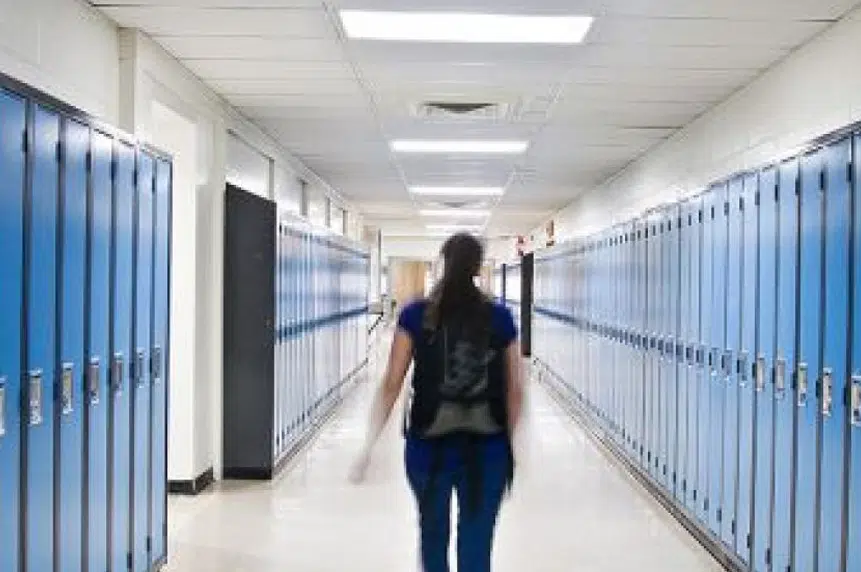Rural and urban classrooms in Saskatchewan’s 27 school divisions don’t always share the same issues, but as they plan for the fall there is common ground — the COVID-19 pandemic.
The provincial government is asking divisions to curate plans based on two levels of guidelines released by the Ministry of Education with help from the Saskatchewan Health Authority.
Dawn Wallin, the University of Saskatchewan’s associate dean of Undergrad Programs, Partnerships and Research, told 650 CKOM it’s a balancing act between division autonomy and the government.
“Leaving it to school divisions to organize the logistics is fine. Leaving it to school divisions entirely to deal with a major health-care pandemic is, in my view, somewhat frightening. I think school divisions may need a little more direction,” she said.
Wallin explains that school divisions have a challenge, especially when trying to manage class size.
“We have some monster school divisions now with regional schools in larger centres, even though we consider them rural, that have very large class sizes,” she said.
“(A rural division) might have small schools that have class sizes of six in some spaces and then another community 15 miles down the road (in the same division) might have a multi-age, multi-graded class with 35 kids in it.”
That creates some difficulty in assessing whether things like masks should be mandatory or if physical distance can be maintained, according to Wallin.
There are also implications for the home lives of parents and students that need to be addressed.
“We’ve focused a lot on teachers and their professional needs, but as mediators of the learning environment, I’m really seeing an interesting space for how parents are being brought in,” she said. “(A school’s plan) impacts everything from the learning environment and simple logical things like (parents) going back to work.”
Wallin said school divisions must also consider equipment available to students in the classroom and at home.
Many divisions have outlined a no-sharing policy to limit how many students are in contact with school supplies.
“Regardless of where you live, not all families can provide a one-to-one ratio of technology or laptops for all their kids,” Wallin said as an example.
Overall, Wallin believes high school will likely be the most challenging to plan for because of how it traditionally operates.
“(Students’) schedules are very different, they’re chasing credits not a solid grade (and) they’re more apt to have multiple teachers and not a homeroom teacher,” she said. “At the same moment in time, high schoolers are sometimes more apt to handle the independent learning environment of a hybrid (in-class and online model).”
Wallin said as the first day of school approaches quickly, everyone involved in planning seems to be on the same page.
“I think there’s a general goodwill and a real worthy intent to do what we can to best help students without creating a culture of fear and anxiety,” she said.
Many Saskatchewan schools plan to reopen to students on Sept. 1.











